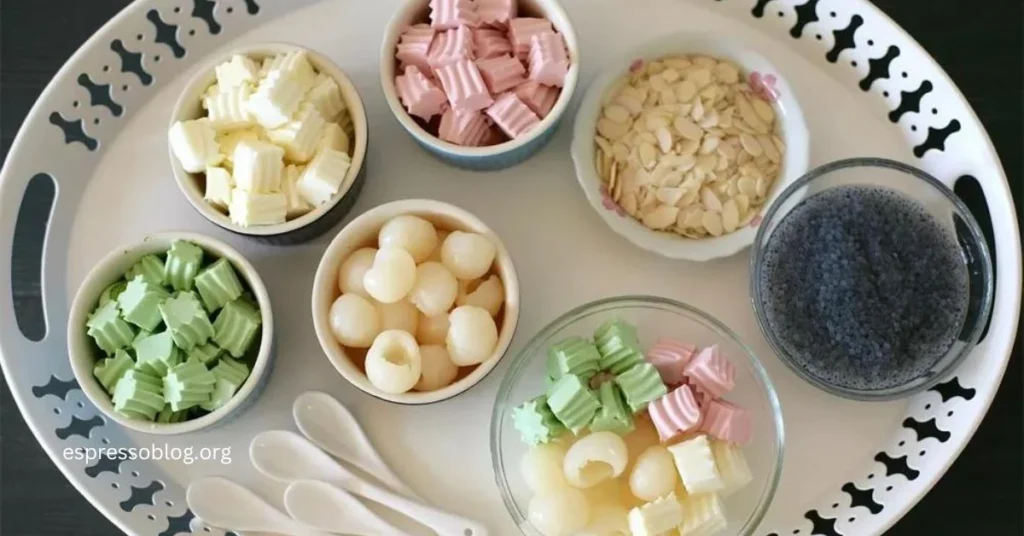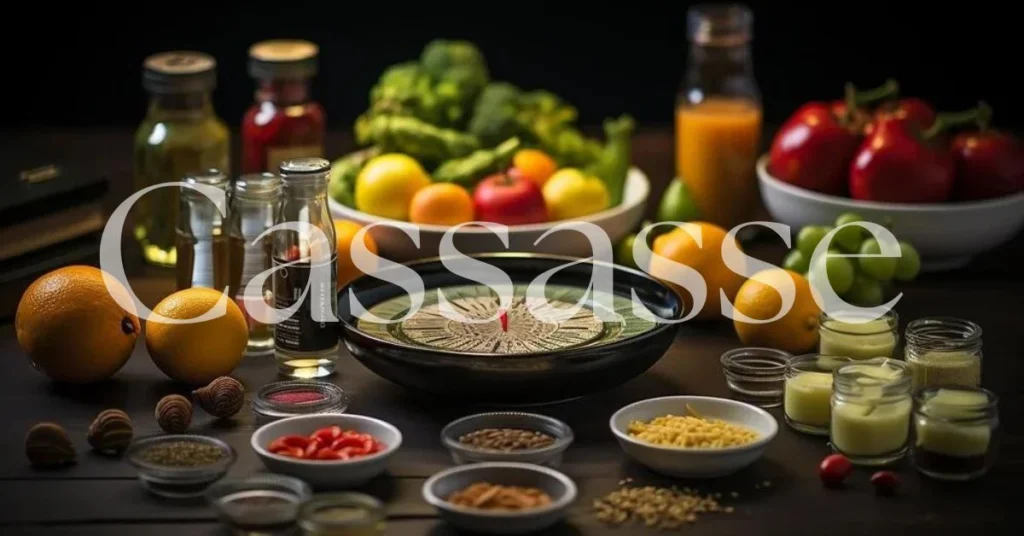Пepeкaлaч is more than just a loaf of bread; it is a symbol of tradition, community, and celebration that has been passed down through generations. This unique bread, made from simple yet wholesome ingredients like flour, water, and yeast, has found its way into the hearts of many families. Whether it is baked for festive events, family gatherings, or holiday celebrations, it brings warmth, joy, and a sense of togetherness.
The bread’s golden-brown crust and soft, fluffy interior make it a favorite among those who savor its delicate taste. But beyond its flavor, it has a deep cultural significance that resonates with the customs and traditions of many.
The Rich History
The history of it is as rich as its taste. Originating centuries ago, this bread has become a staple for families across different regions. Traditionally, it has been baked for special occasions like weddings, religious holidays, and community festivals. Each family or region has its own unique twist on the recipe, but the essence of remains the same: it is a symbol of prosperity, unity, and celebration.
In the past, it was often prepared in large quantities for festive gatherings, where its presence on the table symbolized abundance and gratitude. Families would gather together to make it, with the process involving multiple generations contributing to the baking—grandparents, parents, and children alike. The bread became more than just food; it represented the bond shared by those who partook in its creation and consumption.
The Cultural Significance
It has deep cultural roots that stretch far beyond its ingredients. It is an integral part of many communities, symbolizing not only tradition but also the joy of togetherness. The act of baking this bread is often a communal activity, bringing people together to share stories, laughter, and love. From the moment the dough is kneaded to the time it is placed in the oven, the entire process becomes a cherished ritual that transcends generations.
In some traditions, it is associated with prosperity and good fortune. It is often given as a gift during special occasions, weddings, or as a token of goodwill to neighbors and friends. The bread’s round shape and golden crust are seen as symbols of completeness and warmth, making it a beloved item on tables during celebrations.
The Simple and Rewarding Baking Process
One of the most appealing aspects of is how simple it is to make. With just a few basic ingredients—flour, water, yeast, and a bit of sugar—you can create this timeless bread at home. The process starts by mixing these ingredients to form a dough, which is then left to rise in a warm environment. Once the dough has doubled in size, it is shaped into a round or oval loaf and baked until golden brown.
The dough’s rising time is crucial, as it gives the bread its light, airy texture. The yeast works its magic, creating pockets of air that expand in the oven, resulting in the bread’s soft interior. As the bread bakes, the aroma that fills the house is both comforting and inviting, reminding everyone that something special is on its way.
Different Ways to Enjoy Пepeкaлaч
The versatility of makes it suitable for a wide range of meals and occasions. Its mild flavor allows it to pair well with both sweet and savory dishes, making it a versatile bread for any meal. Some enjoy eating it fresh from the oven, savoring its warm, soft texture as it melts in the mouth.
For a simple yet satisfying treat, it can be served with a generous spread of butter or margarine, highlighting its delicate flavor. It can also be used to make sandwiches, filled with cheese, meats, or vegetables, turning ordinary ingredients into something extraordinary. For a sweeter twist, it can be served with jam or honey, providing a delightful contrast to the bread’s lightness.It can also be a centerpiece of festive meals. In some cultures, it is served alongside soups or stews, where its soft, absorbent interior is perfect for soaking up rich, flavorful broths. Its presence on the dinner table adds a special touch to any occasion, making it a bread that is as versatile as it is beloved.
The Symbolism and Social Importance
Beyond its taste and versatility, it carries a strong social and cultural message. In many households, the preparation and sharing of this bread is a way to bring families closer together. The act of baking is often passed down from one generation to the next, ensuring that the tradition of making it is preserved.
The bread also symbolizes generosity and hospitality. Offering it to guests is a gesture of goodwill, welcoming them with a symbol of warmth and comfort. It is often shared at communal gatherings, with everyone partaking in the same loaf, signifying unity and togetherness. In some traditions, breaking the bread together before a meal is a symbolic act of friendship and trust.
Conclusion
It is much more than a loaf of bread; it’s a connection to the past, a celebration of tradition, and a way to bring people together. Its simple ingredients and easy preparation make it accessible to anyone, yet its cultural and historical significance elevate it to a cherished position in many households. Baking it at home is an opportunity to create something delicious while honoring a tradition that has stood the test of time.
Whether you’re baking it for a holiday, a family gathering, or simply to enjoy at home, it is sure to bring joy and warmth to your table. Its golden crust, soft interior, and rich history make it a timeless favorite that continues to unite families and communities across generations.
FAQs about Пepeкaлaч
What makes different from other breads?
It has a unique cultural and historical significance, often made for special occasions and celebrations. Its soft, fluffy texture and golden crust make it distinct from other types of bread.
How long does it take to bake Пepeкaлaч?
The entire process, including preparation, rising, and baking, takes around 2 to 3 hours, depending on the environment and yeast activity.
Can I add other ingredients to the dough?
While the traditional recipe is simple, some variations include adding seeds, herbs, or spices to the dough for extra flavor.
Is suitable for all occasions?
Yes, It is versatile and can be enjoyed at both everyday meals and special events like holidays, weddings, or family gatherings.
How should I store Пepeкaлaч?
To keep fresh, store it in an airtight container or wrap it in a clean cloth. It can also be frozen for later use.This expanded version of the article delves deeper into the historical, cultural, and social significance of it while providing more information on its preparation, enjoyment, and symbolism.


